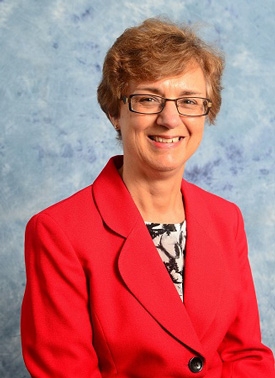Breast cancer awareness campaigns have dominated the media over the last twenty years in an effort to educate women about the risks of breast cancer and raise awareness for the disease. The implication of this pink takeover suggests women are aware of the risks of breast cancer, but are they forgetting about other health threats, like cardiovascular disease?
A 2004 study published by the American Heart Association demonstrated that 34% of women perceived breast cancer as a health threat, when in reality; cardiovascular disease was responsible for twice as many annual deaths than all cancers combined. According to 2011 data from the Canadian Cancer Society, the five-year survival rate for female breast cancer patients in Canada is nearly 90%. Today, breast cancer patients have a greater risk of developing cardiovascular disease because survivors are now living longer.
Breast cancer and cardiovascular disease share common risk factors such as physical inactivity, obesity, diabetes, smoking, and hypertension. Adhering to a heart-healthy diet reduces the risk of developing a variety of diseases, including breast cancer and cardiovascular disease. Dr. Michele Turek, a cardiologist at The Ottawa Hospital (TOH) and University of Ottawa Heart Institute (UOHI), and medical advisor for the Canadian Women’s Heart Health Centre, says “The links between breast cancer and cardiovascular disease are so strong women should be screened for both at the same time.”
The links between breast cancer and cardiovascular disease are so strong women should be screened for both at the same time.
- Dr. Michele Turek, Cardiologist, The Ottawa Hospital and University of Ottawa Heart Institute
Turek says breast cancer patients could potentially be exposed to long-term cardiotoxic effects from treatments such as chemotherapy and radiation, which increase the risk of developing heart disease.
The Cardio-Oncology Clinic at TOH was initiated to manage such therapeutic dilemmas in 2008, and was the first of its kind in Canada. The majority of patients referred to this clinic by cancer specialists have safely completed their cancer therapy. At the clinic, they provide opportunities for researchers at TOH and UOHI to conduct important studies that may help improve care.

Heart Institute Cardiologist and Clinical Investigator Dr. Gary Small and his colleagues have shown computerized tomography scans performed for breast cancer staging can and should report the extent of coronary artery calcium. This finding may help physicians determine whether breast cancer patients can then be treated with specific cardiovascular preventive therapies.
“If we can manage and treat shared risk factors for potential co-existing conditions such as breast cancer and cardiovascular disease, then we will be able to decrease the likelihood of breast cancer survivors developing cardiovascular disease,” said Dr. Turek. “If a patient develops cancer, then their risk factors will be under control and they will be less likely to have the toxic effect from any of the therapies provided in their treatment.”
Through continued research clinicians can help bridge the gap in awareness and best practice by informing other healthcare practitioners through conferences, symposiums, and presentations to better assess and manage patients.
Perhaps a tactic worth considering is joint health campaigns aimed at women which include shared messaging for cardiovascular disease and breast cancer.
The Wear Red Canada campaign has enhanced awareness of the importance of women’s heart health. Might there be an opportunity for public health advocacy campaigns such as Wear Red Canada and Run For The Cure to partner in raising awareness for women’s health issues?
Dr. Turek says that for both CVD and breast cancer, preventative- and post-care messaging should focus on lifestyle modifications, and healthcare providers need to work collaboratively to deliver these messages, starting with the family physician.
Physical activity and a healthy diet are recommended to improve survival rate and as an on-going after care for cancer patients. Patients who continue to exercise through treatment and onward experience better outcomes than those who do not. Improved outcomes are especially prevalent in breast cancer patients.
Some exercise is better than no exercise, Dr. Turek says.
“Whatever you do for your heart will be good for other diseases such as cancer, and people are less likely to have cancer in the future if they take care of their heart.”

